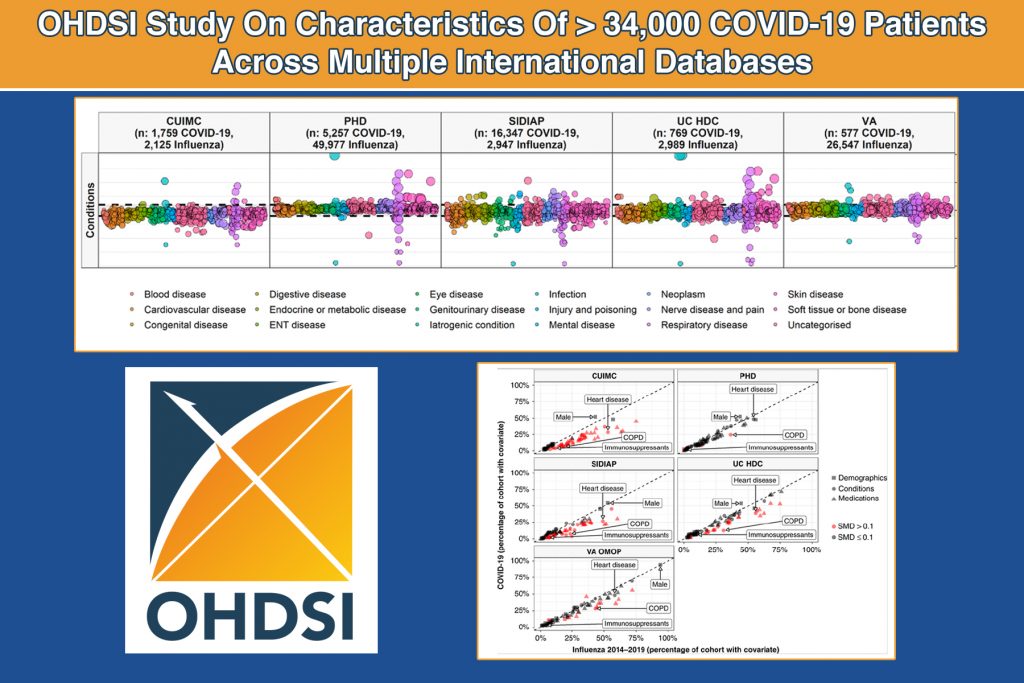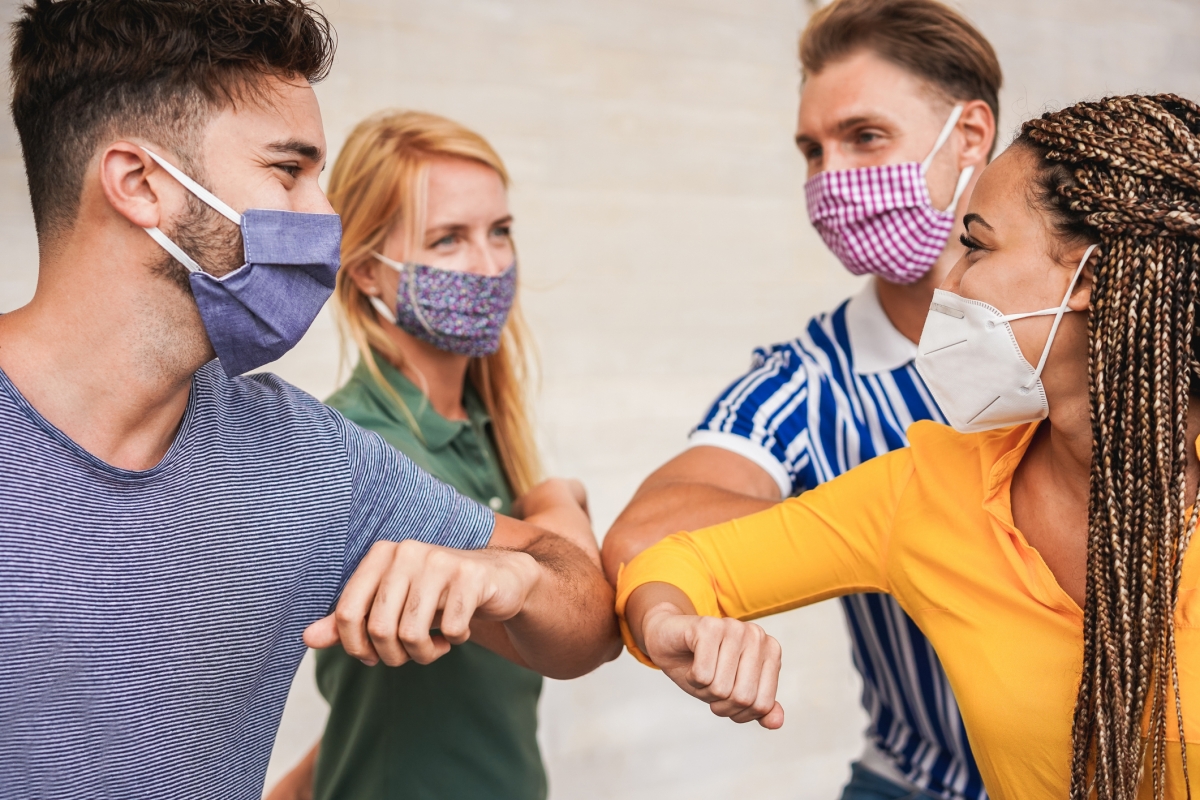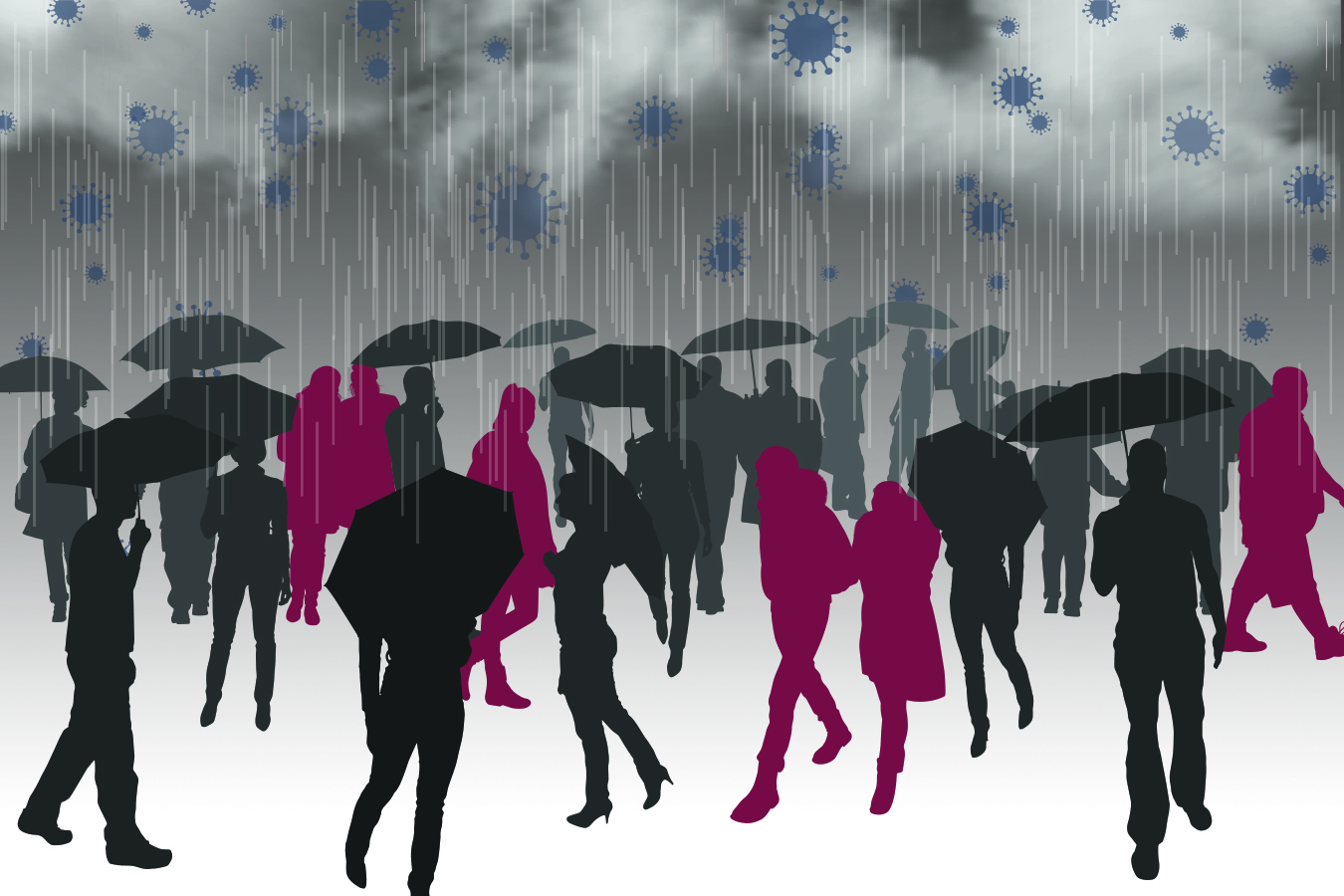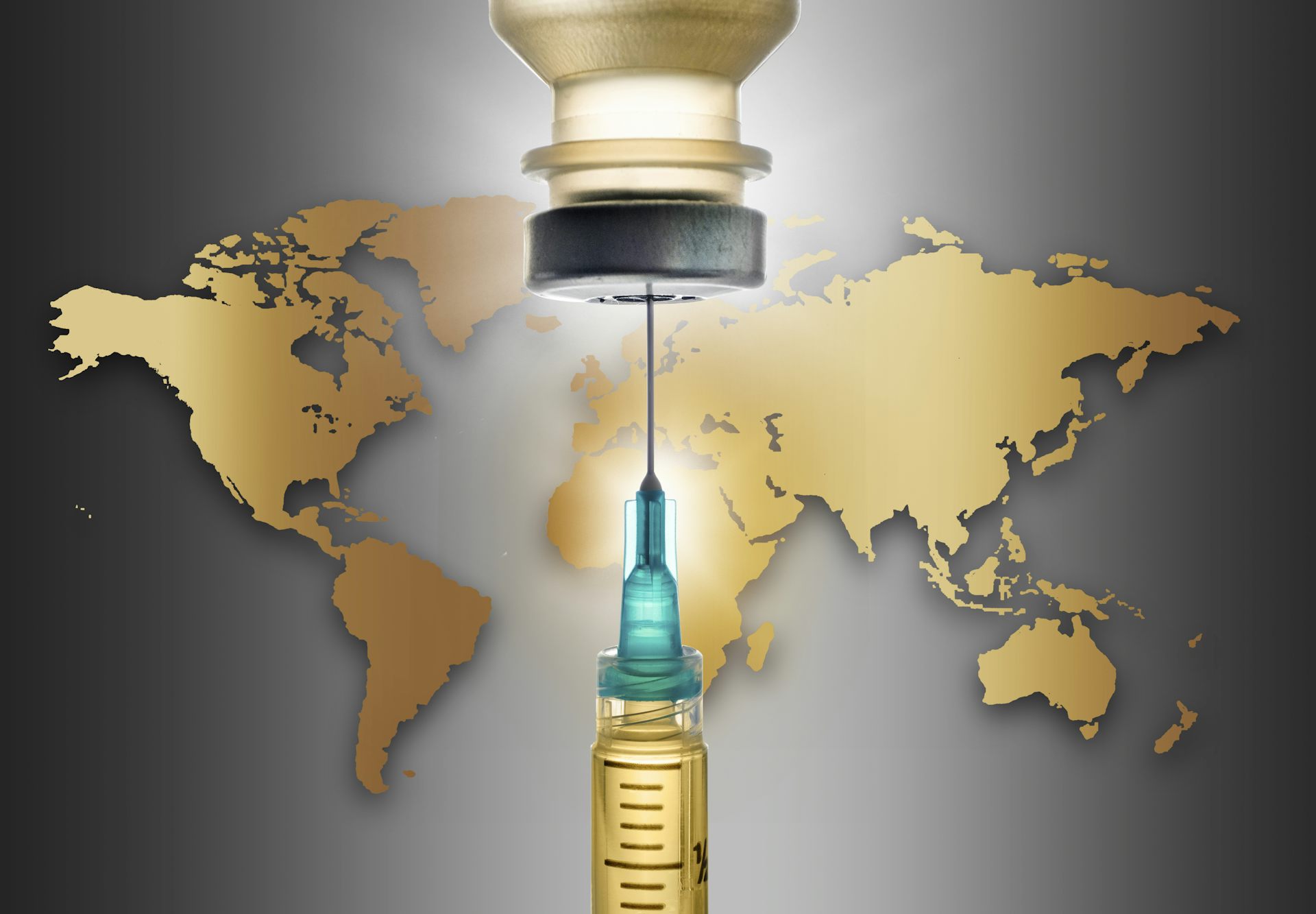Scientists at Wake Forest School of Medicine have recorded real time changes in dopamine and serotonin levels in the human brain that are involved with perception and decision-making. These same neurochemicals also are critical to movement disorders and psychiatric conditions, including substance abuse and depression. Their findings are published in the October 12 edition of...
Health
Mask Mandates Shown to Significantly Reduce Spread of COVID-19
A new study by Simon Fraser University (SFU) researchers has found clear evidence that wearing a mask can have a significant impact on the spread of COVID-19. The researchers, from SFU’s Department of Economics, have determined that mask mandates are associated with a 25 percent or larger weekly reduction in COVID-19 cases. The finding of...
Every COVID-19 Case Seems Different; These Scientists Want to Know Why
As scientists around the world develop life-saving COVID-19 vaccines and therapies, many are still wondering exactly why the disease proves deadly in some people and mild in others. To solve this puzzle, scientists need an in-depth understanding of how the body’s many types of immune cells respond to SARS-CoV-2, the virus that causes COVID-19. A...
Hospitalized COVID-19 Patients Are Younger, Healthier Than Influenza Patients
Patients hospitalized with COVID-19 were more likely male, younger, and, in both the US and Spain, had fewer comorbidities and lower medication use than hospitalized influenza patients according to a recent study published by the Observational Health Data Sciences and Informatics (OHDSI) community. OHDSI has established an international network of researchers and observational health databases...
Trust and Income Inequality Fueling the Spread of COVID-19
Trust in public institutions is linked to fewer COVID-19 deaths, but trust and belonging to groups is associated with more deaths, according to a wide-ranging, McGill-led study of 30-day COVID-19 mortality rates in 84 countries. Greater economic inequality is also associated with COVID-19 mortality. The study led by McGill researchers published in Social Science & Medicine,...
Easier-to-Use Coronavirus Saliva Tests Start to Catch On
As the coronavirus pandemic broke out across the country, health care providers and scientists relied on the standard method for detecting respiratory viruses: sticking a long swab deep into the nose to get a sample. The obstacles to implementing such testing on a mass scale quickly became clear. Among them: Many people were wary of...
Refuge in the Storm? ACA’s Role as Safety Net Is Tested by COVID Recession
The Affordable Care Act, facing its first test during a deep recession, is providing a refuge for some — but by no means all — people who have lost health coverage as the economy has been battered by the coronavirus pandemic. New studies, from both federal and private research groups, generally indicate that when the...
5 Things to Know About a COVID Vaccine: It Won’t Be a ‘Magic Wand’
President Donald Trump makes no secret he would like a COVID-19 vaccine to be available before the election. But it’s doubtful that will happen and, even after a vaccine wins FDA approval, there would be a long wait before it’s time to declare victory over the virus. Dozens of vaccine candidates are in various testing...
Women More Likely to Embrace Behaviors Aimed at Preventing the Spread of COVID-19
Women are more likely than are men to follow guidelines outlined by medical experts to prevent the spread of COVID-19, new research finds. In an article published in Behavioral Science & Policy, New York University and Yale University researchers report that women have practiced preventive practices of physical distancing, mask wearing, and maintaining hygiene to...
COVID-19 Vaccines: Open Source Licensing Could Keep Big Pharma from Making Huge Profits Off Taxpayer-Funded Research
An international, multi-billion-dollar race is underway to develop a COVID-19 vaccine, and progress is moving at record speed, but with nationalistic, competitive undertones. If and when an effective vaccine is invented, its production will require an unprecedented effort to vaccinate people across the globe. However, for the country that invents a safe and effective vaccine,...










